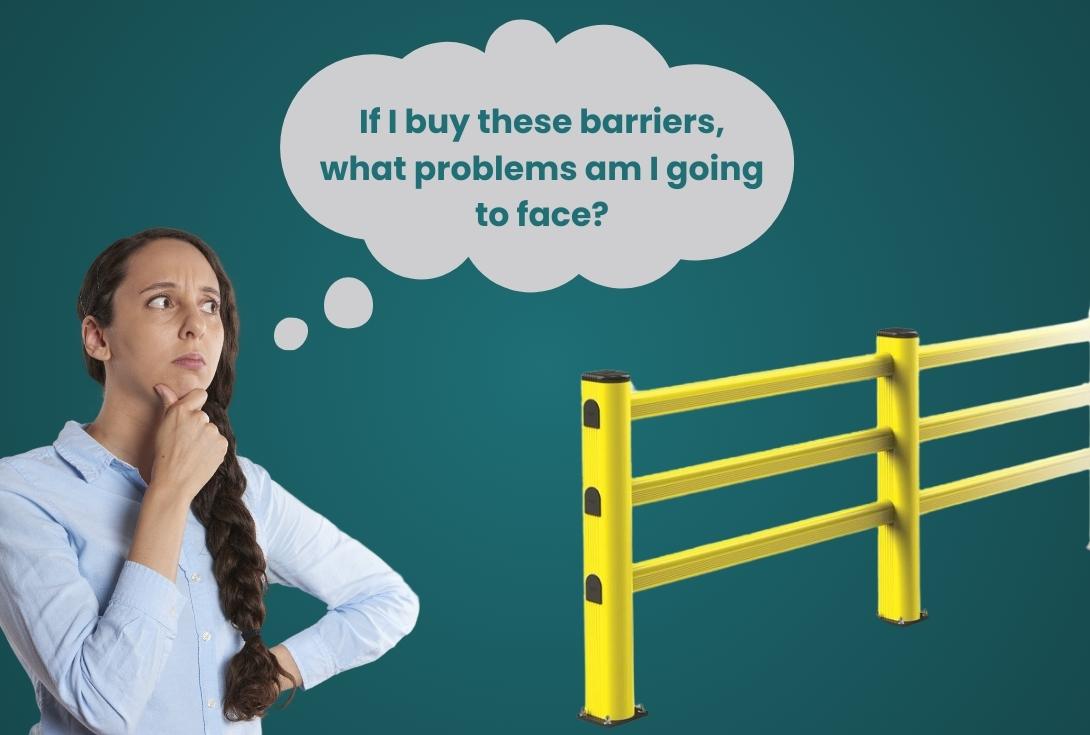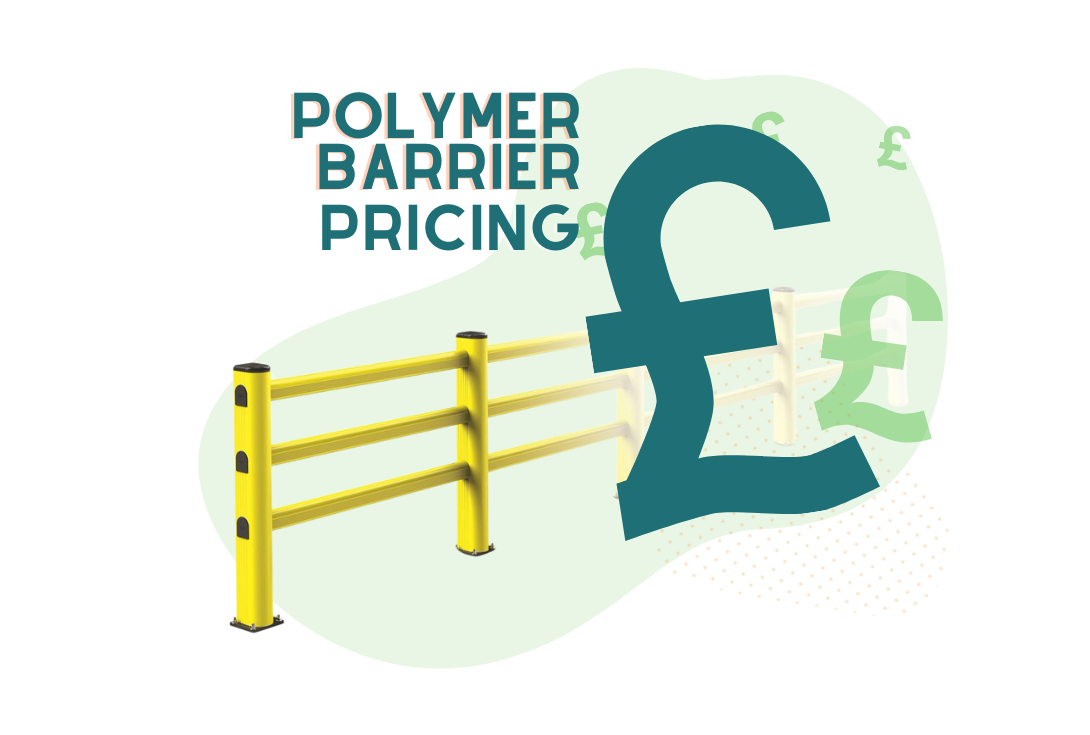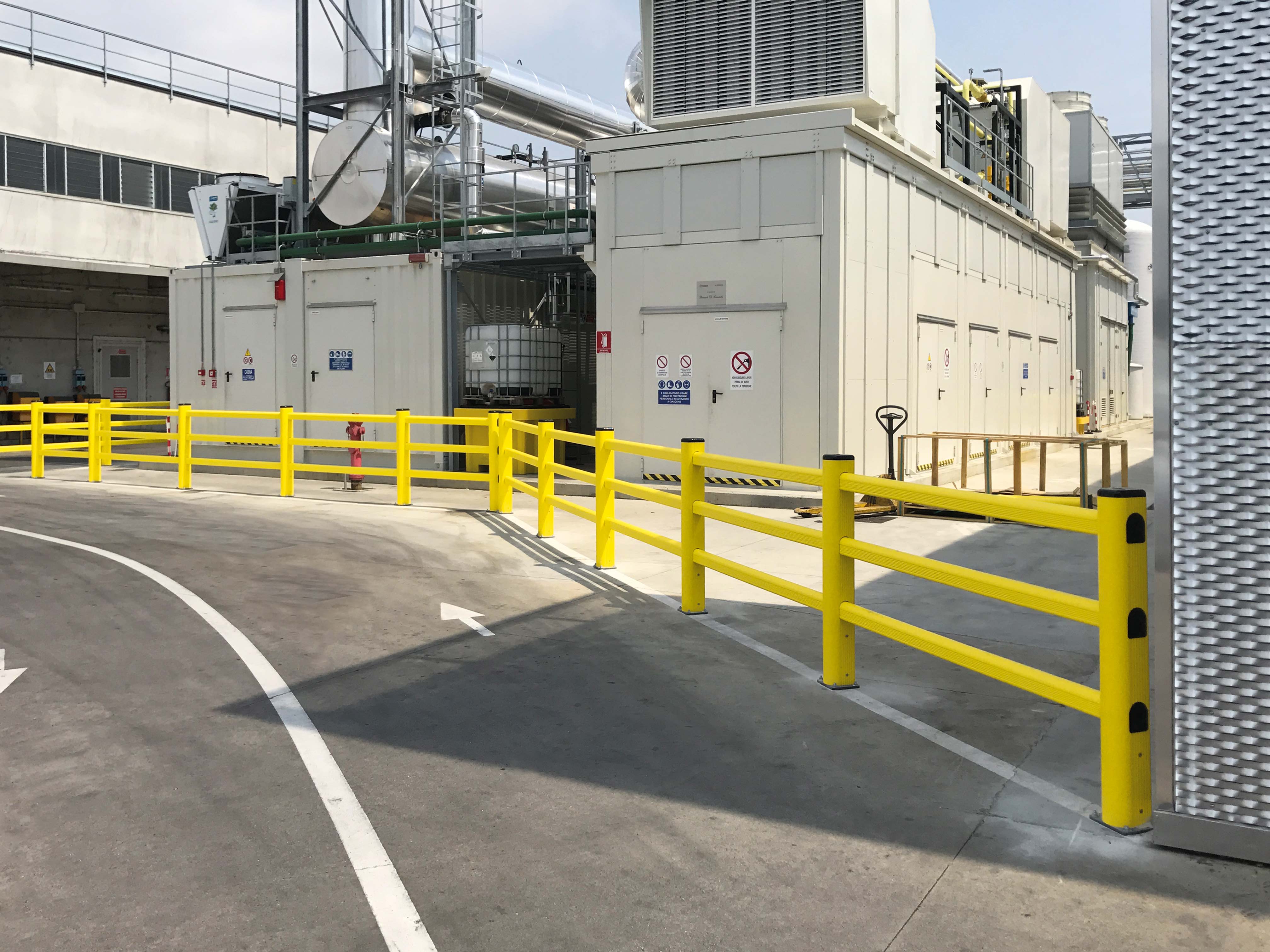How Can I Reduce Forklift Accidents Without Slowing Down Operations?
 By
Damian White
·
2 minute read
By
Damian White
·
2 minute read
Forklifts are essential to keeping your warehouse or factory moving, but they’re also one of the biggest safety risks on site.
If you're responsible for operations or health and safety, you may be asking:
How do I keep people safe around forklifts without disrupting productivity?
It’s a common concern, and rightly so. Forklift-related accidents account for thousands of injuries each year in the UK and millions in damage and downtime.
But slowing operations isn’t an option. However, with the right safety systems in place, you can reduce forklift accidents and keep everything running efficiently - read on to find out how.
Why Do Forklift Accidents Happen?
Before we dive into solutions, here are the most common causes:
-
Lack of clear pedestrian segregation
-
Poor visibility around crossings or blind corners
-
Overcrowded aisles or storage areas
-
No clear priority between pedestrians and vehicles
-
Fatigue or distraction from operators
If you recognise any of these issues, you’re not alone. The good news? There are simple, scalable solutions you can implement today, without affecting your productivity.
1. Create Clearly Defined Walkways and FLT Routes
One of the most effective ways to prevent accidents is by clearly separating pedestrian and vehicle movement.
Still relying on painted lines? That’s a red flag. These often fade, are ignored, or become hard to see in dusty or busy areas.
Instead, many warehouses are now using:
-
Polymer barriers – which flex on impact and protect both people and forklifts.
-
Projected walkways – ideal for areas where floor space is tight or floor markings wear away quickly.
Also, if you’re short on space or need visibility in wet or washdown zones, projected floor signage can work where tape and barriers cannot.
2. Address Confined or High-Traffic Areas
Tight spaces, especially in packing zones and around loading bays, are often the most dangerous. They’re also the hardest places to slow down operations.
The problem? Many traditional barriers are bulky. Some require up to 350mm of floor space once installed. That’s why we recommend reviewing your full layout and using slimline barriers, space-saving floor markings, or automated systems depending on the zone.
In many cases, even reducing a turning zone by 250mm can open up enough space for a safer pedestrian lane without changing operational flow.
👉 Here is a deeper dive on this topic: The problem of forklift segregation in confined spaces (and what you can do about it)
3. Use Smart Detection Systems to Reduce Human Error
Not every site can physically separate pedestrians from forklifts, and that’s where automated detection can be a game changer.
Clarity’s detection system uses microwave sensing to detect forklifts or pedestrians in real time and trigger safety alerts or projected signage.
It can be set up to:
-
Flash stop signs when an FLT is nearby
-
Trigger warning lights or sounds for pedestrians
-
Swap out zebra crossings with stop projections when a vehicle is detected
It’s ideal for shared spaces like loading docks, entrances, or high-traffic crossings where risk is high and space is limited.
👉 Find out how Clarity can help you reduce human error
4. Build a Culture of Safety, Not Just Equipment
We’ve helped hundreds of businesses install world-class barrier and projection systems, but the most effective results come when your team believes in them too.
If you’re struggling with internal pushback (especially from production teams), we recommend starting with a single lighthouse area - a visible, high-risk zone where impact can be clearly demonstrated.
From there, others will follow. If you need help creating a business case or proposal for a larger rollout, we can help with that too, including:
-
Visual plans and CGI renders
-
Cost-benefit breakdowns
-
Presentations for stakeholders and budget holders
A safer warehouse doesn’t have to mean slower output. In fact, the safest sites are usually the most productive, because they run without disruption, downtime, or avoidable incidents.
If you want to start small or focus on the most at-risk zone, we’re here to help.

%20(2).png?width=1600&height=900&name=BW%20Case%20Study%20(web)%20(2).png)



